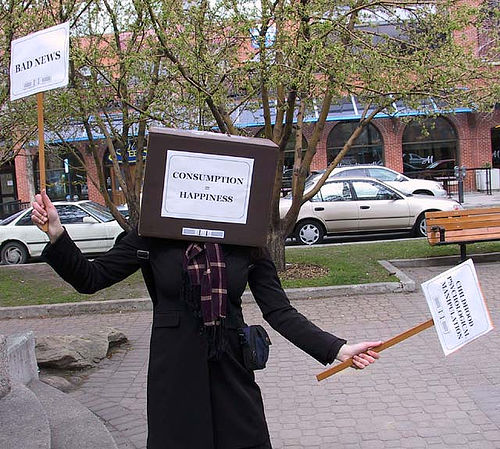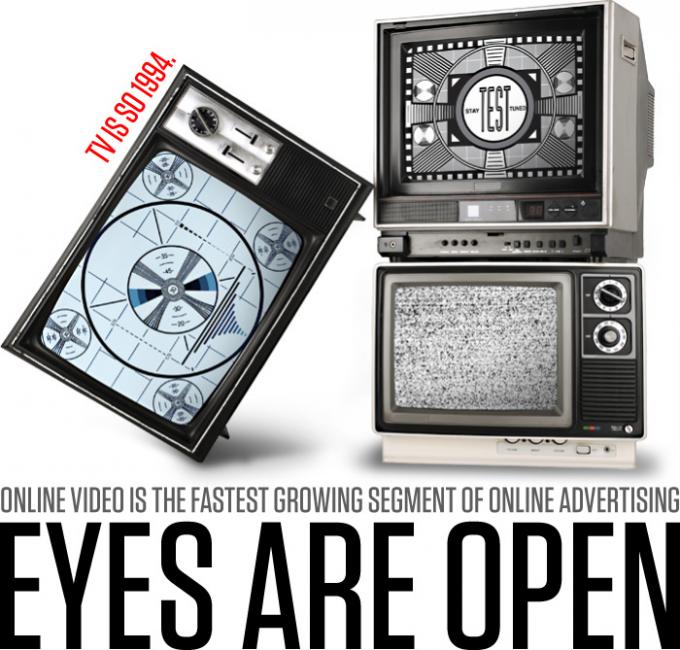
Let me begin with an allegory. In Malcolm Bull’s wonderful essay, “Where Is the Anti-Nietzsche?” he proposes that a properly radical reading of The Genealogy of Morals would refuse the text’s preferred modes of identification.
Through the act of reading, Nietzsche flatteringly offers identification with the masters to anyone, but not to everyone. Identification with the masters means imaginative liberation from all the social, moral and economic constraints within which individuals are usually confined; identification with ‘the rest’ involves reading one’s way through many pages of abuse directed at people like oneself. Unsurprisingly, people of all political persuasions and social positions have more readily discovered themselves to belong to the former category. For who, in the privacy of a reading, can fail to find within themselves some of those qualities of honesty and courage and loftiness of soul that Nietzsche describes?
To find the anti-Nietzsche, he suggests that readers identify with the losers, the subhuman and the philistines in his texts. We should identify with the lambs instead of with the birds of prey.
In this column, I want to suggest an analogous strategy for thinking through the politics of activity and passivity in television and new media. For however much television has been legitimated in the last decades, new media savants still regularly hold it up as an icon of mass stupefaction, conformity, and passivity. I don’t think I’ve ever read an issue of Wired without a potshot at passive consumption, with old-style television as the ideal-type. Or consider the ad copy for Peter Lunenfeld’s new book The Secret War Between Uploading and Downloading.
In The Secret War Between Downloading and Uploading, Lunenfeld makes his case for using digital technologies to shift us from a consumption to a production model. He describes television as “the high fructose corn syrup of the imagination” and worries that it can cause “cultural diabetes”; prescribes mindful downloading, meaningful uploading, and “info-triage” as cures; [...] After half a century of television-conditioned consumption/downloading, Lunenfeld tells us, we now find ourselves with a vast new infrastructure for uploading. We simply need to find the will to make the best of it.
While it’s bad scholarship to argue against blurbs, and while I actually agree with the participatory spirit behind Lunenfeld’s point, please allow me this one excess, and I’ll try to stick to his words between the inverted commas and not those of MIT’s copyeditor.
Leaving aside decades of debate within studies of television and mass culture2, the blurb proposes that downloading—and television—embody a passive, ideological form of consumption, whereas uploading is presented act of participation and production (even though it, too, is often a form of consumption). And therein lies the problem.3

Some of my favorite social thought from the 1970s and 1980s emphasizes a point analogous to Lunenfeld’s: activity, participation, interaction, interconnection—these will be the solutions to the alienation of the modern world. In writing on music, especially, the language turns utopian. Charles Keil (1994) argued persuasively that musical meaning is formed through participation in musical events, and not in the text or score. Christopher Small (1977) waxed poetic about a world where the distinction between musician and non-musician no longer existed, and Jacques Attali imagined a world of “composition”—expanded out from avant-garde jazz—where the means of creativity inhered in each person (1985, 135).
Yet that same rhetoric works differently today.4 Active participation is now a privileged mode of consumerism. As Jodi Dean has written, “our deepest commitments—to inclusion, equality and participation within a public—bind us to practices whereby we submit to global capital” (Dean 2002, 151). Contemporary media beg for and sometimes demand active participation. They ask their users to intertwine them with as many parts of their lives as possible. It is not just so-called social media (a misnomer if there ever was one—since all media are by definition social). Magazines and newspapers implore us to write back and explore on multiple platforms. TV shows ask us to go online and participate in discussions and games, books get their own Facebook pages where readers are asked to “like” them, software companies put together “street teams” of users willing to promote them in a manner analogous to what concert promoters used to do.
There are some great things to be found in a more apparently participatory culture, and certainly there are even more great things in cheap access to the means of dissemination. This is a point long repeated in studies of radio and cassettes, and much of the current excitement about the political promise of Twitter, for instance, follows on this model. A mobile phone and a little know-how gets you access to a potential world of auditors. Writers like Henry Jenkins (2006) have eloquently shown the ways in which platforms for online participation can make media more responsive to fans, audiences, and users. Though to be clear, for Jenkins this participatory culture is an amplified version of participatory cultures that emerged around radio and television, not a development in opposition to supposedly pacifying media.
But we need to ask after another issue. At least in for-profit sectors, the goal of most institutions during the broadcast era was to produce measurable audiences for sale to advertisers. It was to attract attention. In that sense, there is a smooth continuity with the internet era, where media organizations also hope to produce attention that can then be parlayed into one or another form of market value. When people’s participation becomes someone else’s business—and here I mean business in the market-share and moneymaking sense of the term—the social goods that are supposed to come with it can be compromised. If you want democratic participation, you also need a reflective populace. If you’re going to break the fourth wall in your theater production or installation piece, the participants have to be able to take on some kind of critical perspective on the work in order for it to have any avant-garde potential.

The demand to participate can become coercive, exhausting the very collective faculties it officially celebrates. While interactivity can be imagined as the “like” or “retweet,” it also encompasses the “agree to terms” button. The supposedly democratic call to dialogue and participation can turn sour when people have good reasons and desires to retreat. In his discussion of Melville’s famous story “Bartleby the Scrivener,” John Durham Peters calls this the “cold righteousness of dialogism,” a “moral tyranny” of the call to the other to interact on a subject’s pregiven terms. “Dialogue’s supposed moral nobility can suffocate those who prefer not to play along” (Peters 1999, 159).
The issue here isn’t that we need a pure space from which to critique capitalism—for you as reader and I as writer are always already compromised. It is that we need some occasions for reflection that aren’t simply subsumed under the sign of participation. My colleague Darin Barney has written beautifully on this subject, arguing that any kind of meaningful political—and I would add cultural—judgment requires some assertion of distance, some strategic and temporary disengagement on people’s own terms. This is not to say all participation is bad, any more than it is to say that all consumption was bad in the golden age of mass culture criticism. Neither activity nor passivity are goods in themselves; both have roles to play in culture, politics and personal life.
What if all the bad things that media critics have been said about passivity for the past century or two are now equally applicable to all the demands to interact, to participate? What if interactivity is now one of the central hinges through which power works? In many moments today, the most compliant gesture we can make is to consent to interact on the terms presented to us by our software and machines. This pull is especially strong in those commercial platforms that celebrate their own difference from the so-called passive media of previous decades, and in the process monetize their users’ participation either directly or indirectly. What if—from time to time—we chose not to identify with the interactive promise of new media platforms or for that matter new media art? What if, when the new media savants lambast so-called old media audiences as denizens of passivity and ideology, we say, “yes, that’s me”?